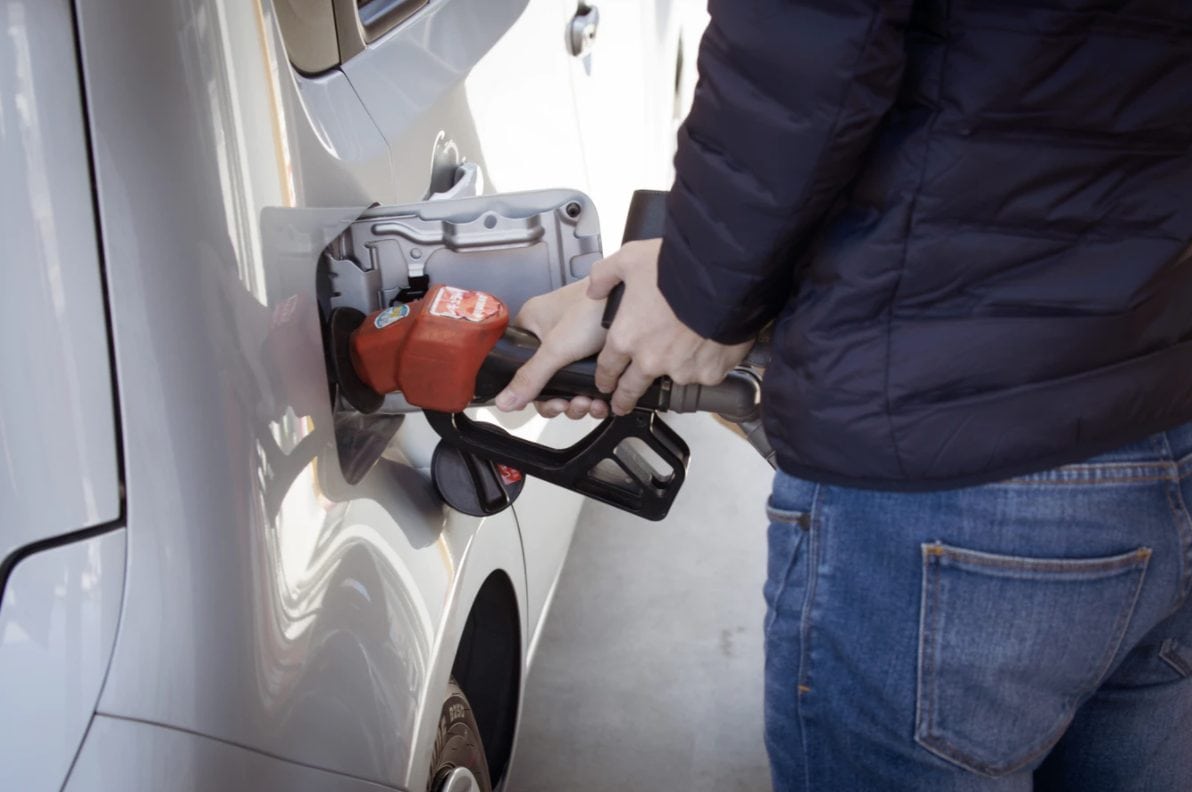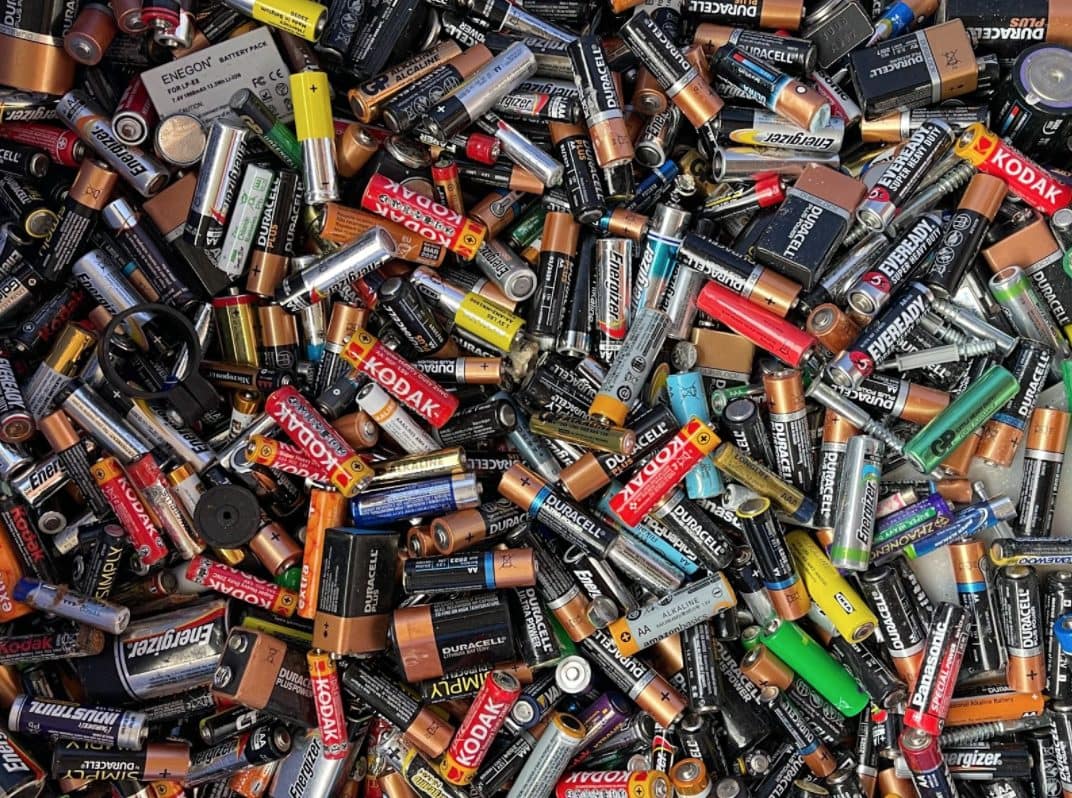When measuring the environmental footprint of a product, a Life Cycle Assessment (LCA) usually takes into account the impact that occurs in all life phases of your product. This is called ‘from cradle to grave’: from the raw material extraction until the waste disposal.
However, one of these phases often surprises people in terms of impact: the customer use phase.
And that’s fair. Because the use phase can sometimes take up to 80% (!!) of your product’s total environmental footprint.
But, why is that? What makes the customer use phase so important? And what should you consider when measuring it?
Why is the customer use phase so important?
‘Responsible production and consumption’ is the title of SDG number 12 (UN Sustainable Development Goals). An SDG that is considered crucial for sustainable development and our move towards a circular economy.
And if you think about it, this emphasis on consumption doesn’t really come as a surprise. The majority of a product’s life span often takes place in the time it’s used by consumers.
Of course this depends on the type of product. But, think of hairdryers, clothes, bedding, lights, phones, fridges, laptops, etc. These are products a consumer would (most likely) like to use as long as possible, right? So they wash, maintain and use these products. That takes up energy, water, and consumption of specific maintenance products (e.g. cleaning products/repairs).
Taking responsibility of your product’s full lifecycle
Now- the way you design your product, heavily influences the ways in which it’s used. And that’s why the sustainability in your product’s use phase is often considered your responsibility.
It sometimes seems out of your control. However, measuring the footprint of your use phase, makes consumer use more tangible and controllable.
By measuring your product’s environmental footprint, you can change its most unsustainable aspects. You can use these insights to inform or stimulate customers to behave more sustainably (campaigns). Or provide them with innovative sustainable product solutions (implementing ecodesign). Just imagine the incredible opportunities to reduce environmental impact.
How to measure the use phase of your product
So, how does this measuring work?
When measuring the use phase in your Life Cycle Assessment (LCA)- the average ways in which your product is used by consumers are first mapped out. This results in a list of quantifiable activities, based on average usage of your product (e.g. how many times do people wash their clothes on average?). Most companies already have this information available pre-LCA, due to the large part it plays in product design.
These average activities are then linked to the environmental impact categories within LCA. Think of impact categories such as ‘global warming potential’, ‘water pollution’, ‘ozone depletion’, and 20+ others. As a result, you have a complete overview of the environmental impact results that are linked to your customer’s usage behavior.
So what are things that can determine your impact here?
4 things to consider when measuring your product’s use phase
1. Does using your product require electricity or (fossil) fuels?
Most of the products that have a high environmental footprint in their use phase, are the ones that require electricity/fossil fuels to function. Think of electric kitchen appliances (refrigeration), devices such as phones and laptops, or hair care devices (straighteners, hairdryers). Cars also pop up here with regards to requiring fossil fuels or electricity (e.g. vehicle combustion, tire wear emissions).
Unless it’s green energy- retrieving fossil fuels or generating grey electricity emits large amounts of greenhouse gas (GHG) emissions. The more often your product requires fuels or electricity, the higher its impact in the use phase will be. If you sell your products in high quantities (high sales numbers), this footprint will only increase.
Our customer Philips’ biggest environmental impact came from the customer use phase of their products (83% of total impact). Because everything that Philips sells is connected to the grid (washing machines, hospital equipment, household devices).
Improvement: An electronics company can make a change by producing energy efficient products.

2. Does maintaining your product require water?
Water use during the use phase is another crucial factor to determine a product’s environmental footprint.
Especially for clothing, the use phase can take up to 23% of the total footprint. The main drivers here are the energy and water consumption for washing and drying. That’s why it’s crucial to have insights into the washing behavior of consumers to drive sustainable behavioral changes.
Additionally, quite some products require water maintenance and water to function (e.g washing machines, dishwashers). This often results in excessive wastewater treatment and water use (e.g for cleaning; washing detergents). Water use impact categories (water pollution, fresh water use, etc.) play a large role in defining environmental footprints, as balanced and clean water cycles are essential. However, water use specifically, is in most Western countries not an issue- only in areas where water is scarce.
Improvement: A textile brand can decide to work with fibres that last longer and that can be washed at lower temperatures.
3. Does maintaining your product require new/extra parts?
People often want to use their products as long as possible. And to ensure products function properly throughout their lifespan, they often require repairs or new/extra parts. These other parts (or batteries) require production processes of their own and old parts are wasted/disposed of.
Therefore, the average times a product gets repaired/requires new parts in its lifetime- definitely contributes to your product’s environmental footprint.
Ways to improve this footprint, is by increasing the quality and durability of your product, or recycling old parts.
Improvement: An asphalt company is able to produce asphalt mixtures that last longer, thereby postponing maintenance impacts.

4. What is the lifespan of your product?
It’s as simple as this: the longer the lifespan of your products, the more people will use it. Now- on the one hand, a long lifespan is a good thing. It evens out the environmental footprint of your production processes and doesn’t get wasted immediately. This means, the pace in which new products need to be made- is low. Very sustainable.
On the other hand, it also means that the amount of times a product requires charging, fueling, etc. goes up. How much this contributes to the overall environmental footprint of your product, however, truly depends on the type of product. Here, an LCA is extra beneficial to clear these things up.
Improvement: A luminaire producer can make better and more durable material choices for her. This way their product will remain functional and intact-resulting in a longer lifespan with fewer necessary repairs/material replacements.
The result: implementing ecodesign in your products
Implementing sustainability in all your product’s life stages is also called; ecodesign. Within this process, diving into the environmental footprint of your product’s use phase will only be beneficial.
Successful products require product design and product optimization processes. It starts with examining/analysing how your products are (preferred to be) used by your customers, and see where you can adapt or improve quality or user-friendliness.
Making your product more sustainable, works the same way. By analyzing how your customers use your products, you can identify certain pinpoints that might result in damage to the environment. Examining and implementing these learnings into your entire product designing process, allows you to positively influence sustainable behavior and usage. All, whilst serving increasing consumer needs for more sustainable products.
Win-win.

